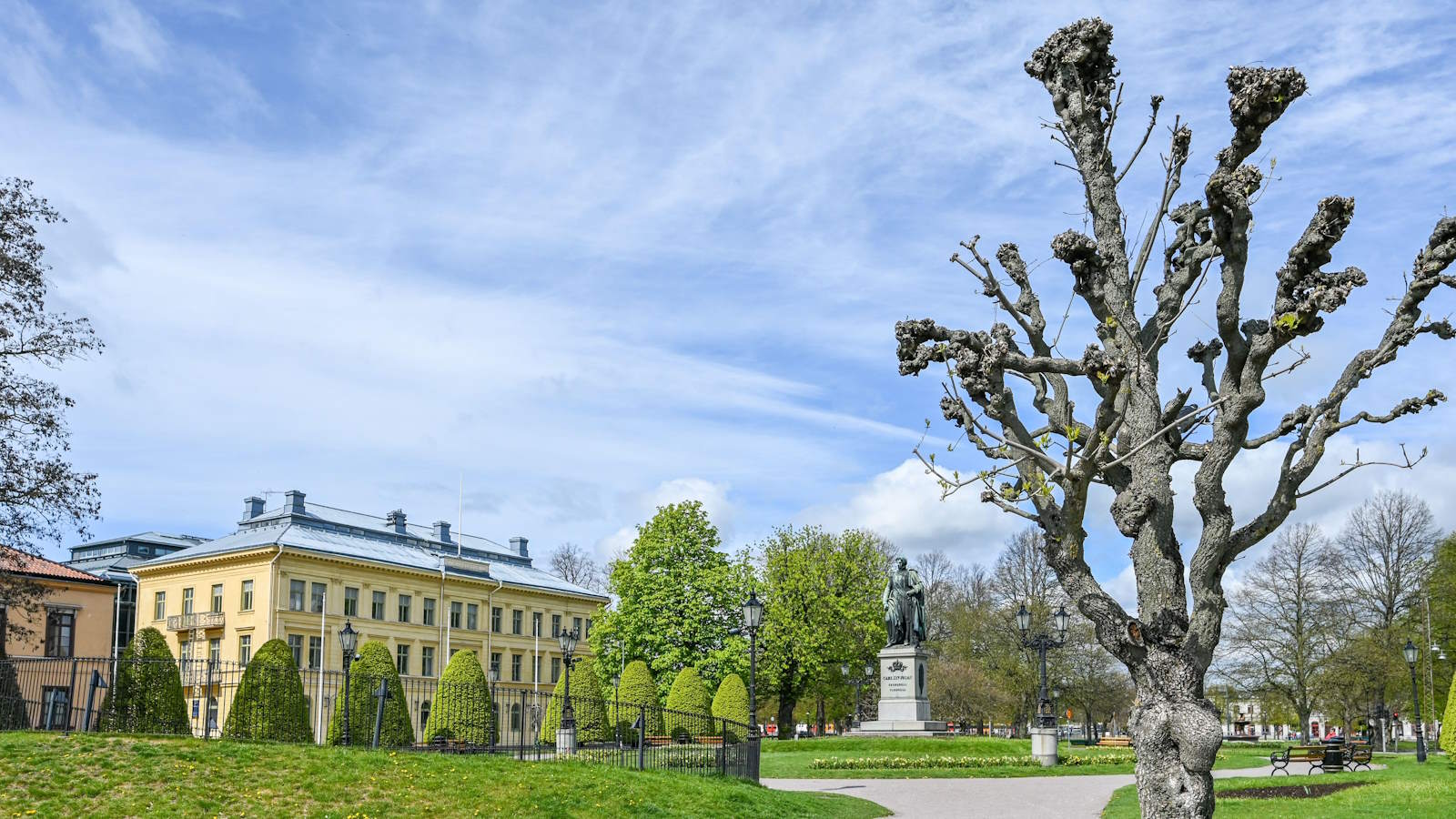
Pollarding is a pruning technique that can be used to keep the height of trees or shrubs controlled. Most regularly seen on trees, it produces a cluster of branches that grow from stumps set at desired heights that are cut back annually to keep the overall growth restricted.
It is a technique that can offer benefits in terms of both restricting the size and also encouraging the growth of really productive or decorative stems. Pollarding should be started when a tree is young, rather than attempting the technique on old, mature specimens.
Pollarding admittedly might not be to everyone’s taste, but it is a practice that has its advantages. If you are considering pollarding any trees or shrubs as part of your backyard ideas, we hear from some tree experts about why and how you should embark on the technique to help you avoid making any pruning mistakes.
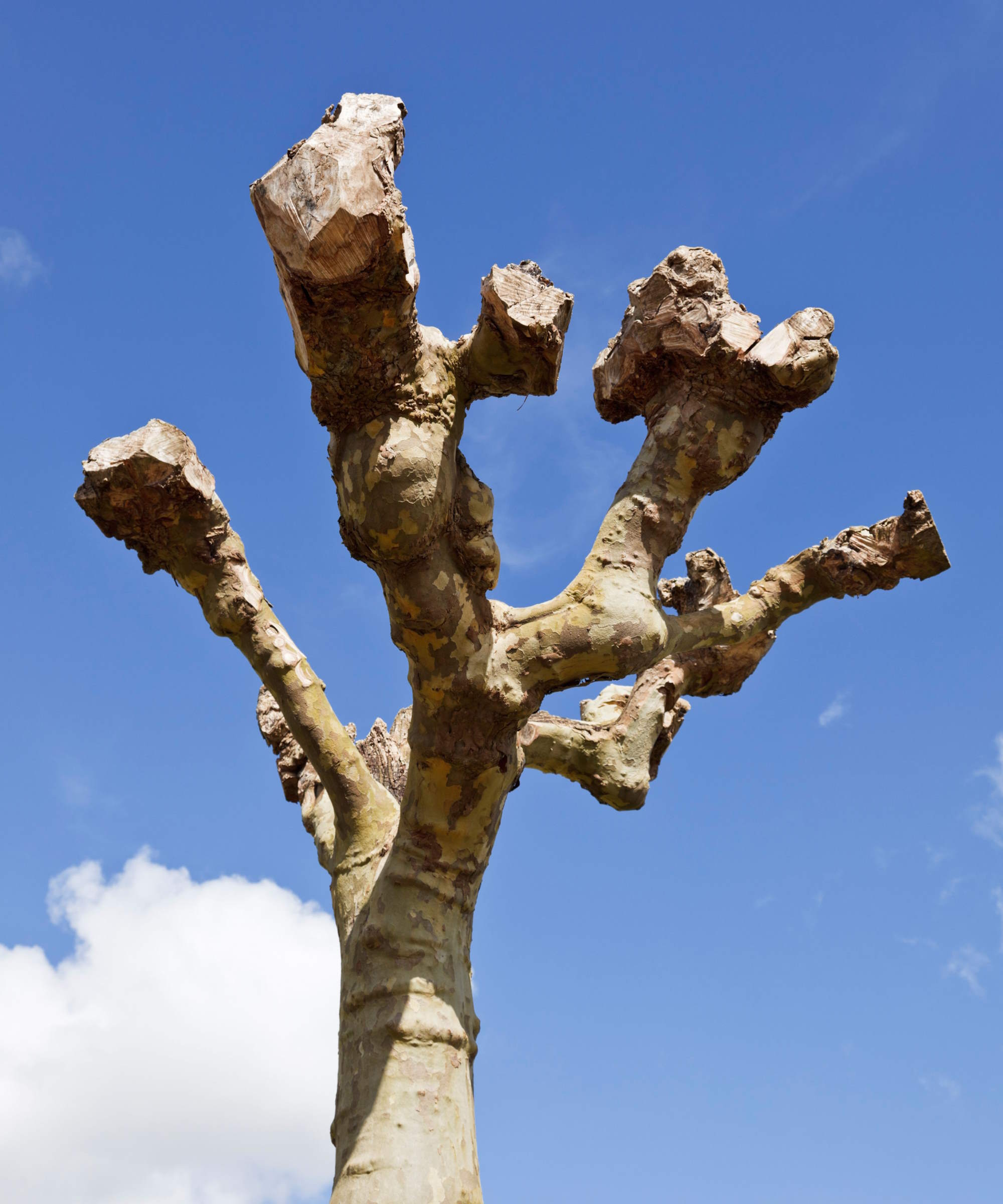
What trees can be pollarded?
Not all trees are suitable for pollarding and it would be a tree pruning mistake to try this technique without researching beforehand. There are many trees that can be pollarded and it is deciduous, broadleaf trees that regrow rapidly that are best. Such examples include oak, willow, beech, eucalyptus, mulberries, ash and lime trees.
What are the advantages of pollarding?
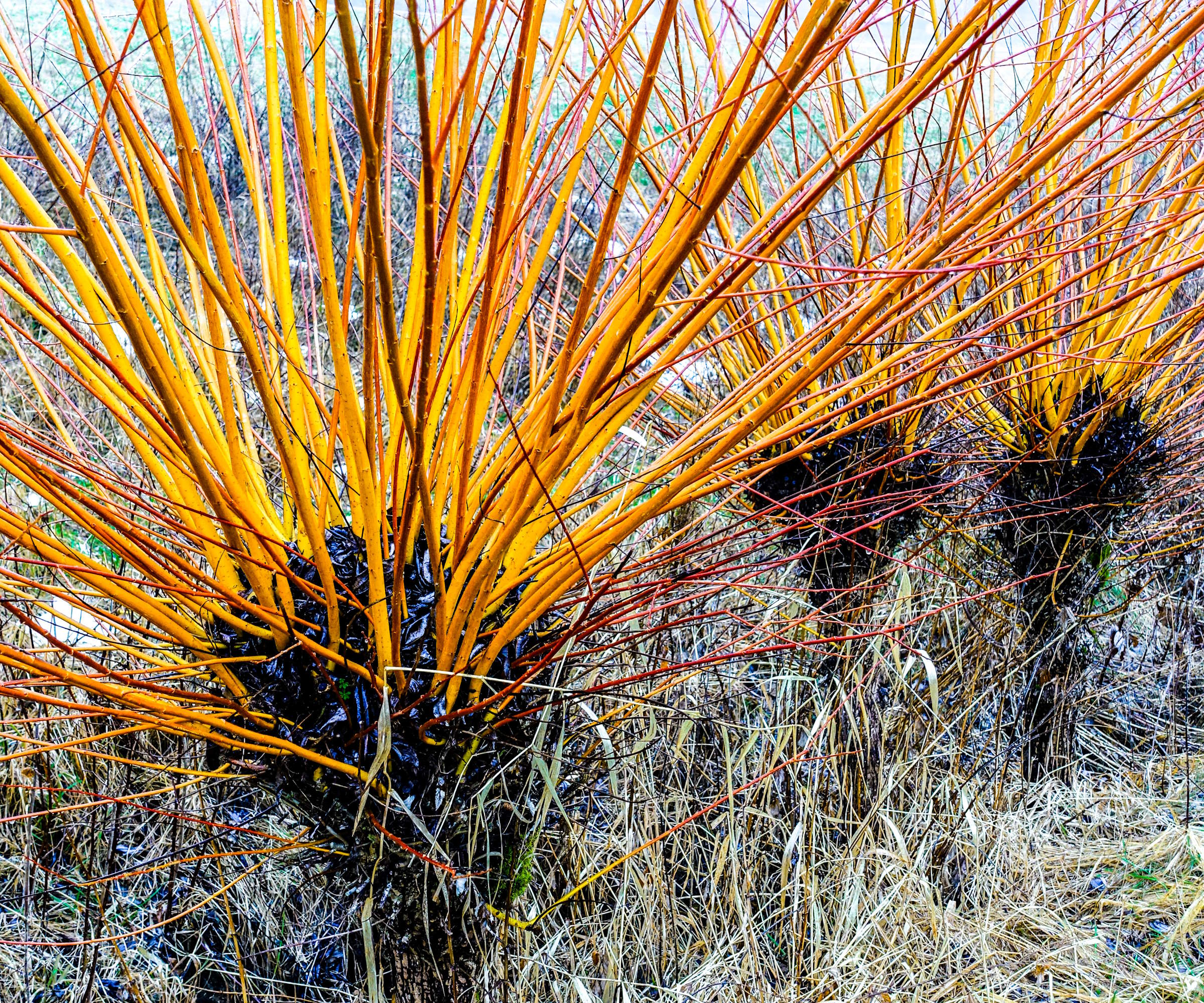
Pollarding is a technique that can be adopted for a number of practical reasons. It is primarily used as a method to keep trees the right size for their space. As well as controlling the tree to fit in a garden itself, there can be other environmental reasons why pollaring might be considered.
‘Pollarding is a technique that constrains the size of a tree, says Allen Tate, a certified arborist for Blooma Tree Experts. ‘You might employ such a technique when the space the tree occupies does not allow for their mature size. This can include due to power lines above, proximity to buildings, or smaller trees nearby that need sun.’
Pollarding can also be used to keep fast-growing shrubs contained within a particular space, meaning the technique is very beneficial for keeping trees or flowering shrubs contained for growing in small backyards.
However, it is not only size in which pollarding can be beneficial. The technique is often seen as a way to create shape and structure as part of a formal garden design. In addition, the pruning method does encourage the growth of new, highly-productive stems.
These can carry foliage that is more vibrant than on older branches, and also have dazzling decorative bark. For example, it can be used to create a scintillating display for trees with attractive winter bark, or for trees that have white bark.
When is the ideal time for pollarding a tree?
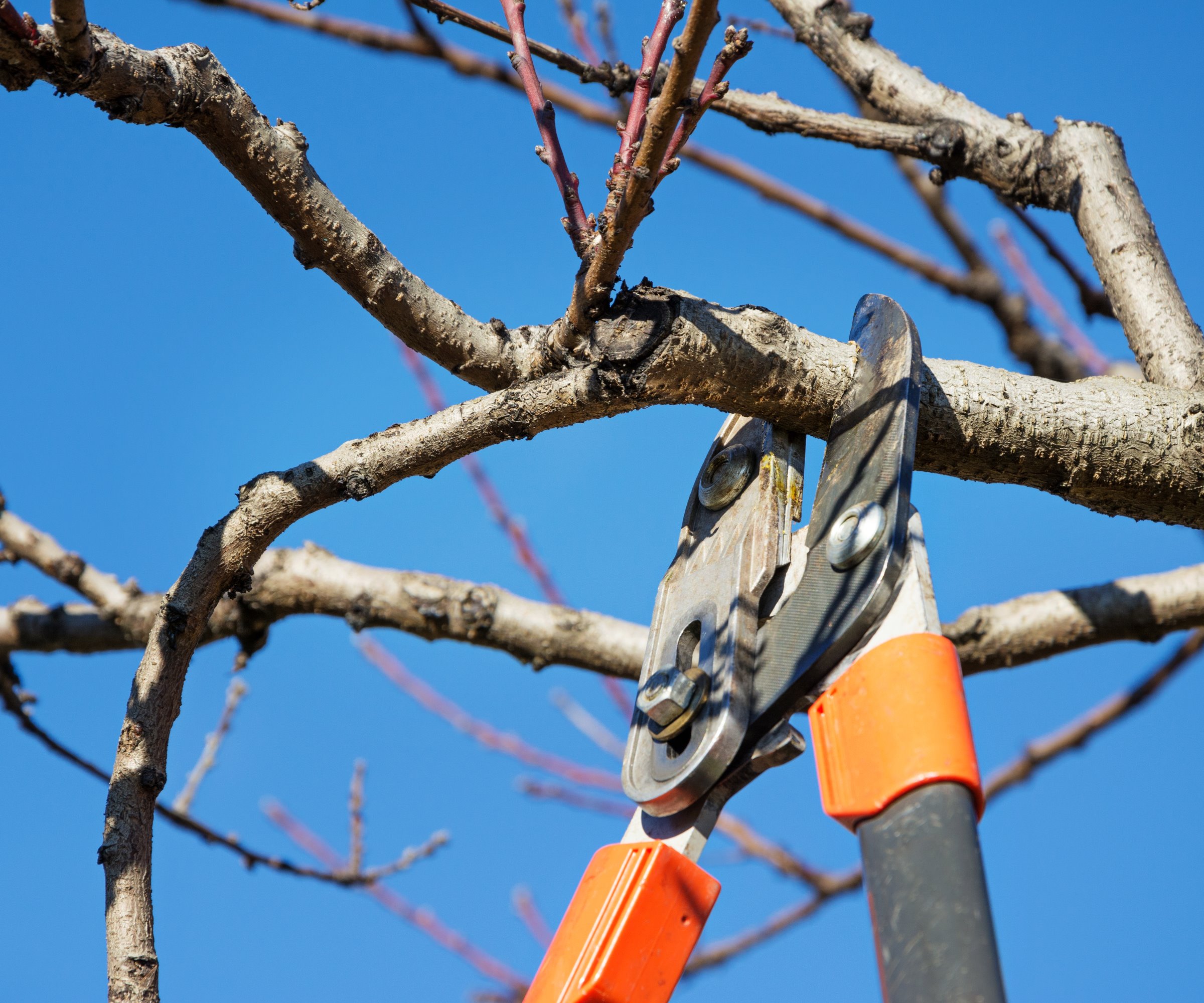
Pollarding is a process best done during the tree’s dormancy period, which runs from late fall through to late winter or early spring. Heavy pruning during dormancy is beneficial as trees can cope with the trimming better when they are not actively growing. Another advantage of winter pruning is that insects or fungi that can bring pests or diseases are not as prevalent in the colder months.
When the tree starts growing, and the sap begins to flow, will depend on your climate and US hardiness zone. If you do want to pollard any trees or shrubs, then make sure to add the task to your winter gardening checklist.
‘Pollarding must be done in the winter before budbreak,’ says Blake Watkins, arborist at Monster Tree Service. ‘Removing all of the buds from a tree is stressful so it must be done while the tree is dormant.’
Pollarding is a long-term technique that would need repeating annually. To avoid problems as a result of pollarding, the trees need to be done every year or two after being pollarded for the first time.
If it has been several years since the tree was last pollarded, then it may be more difficult to simply start the process again. Blake Watkins says such a tree ‘may be a good candidate’ for pollarding again, but adds: ‘If several years have been missed since the last pruning, consult an arborist to help develop a plan to restore the structure of the tree over time.’
How to pollard a tree
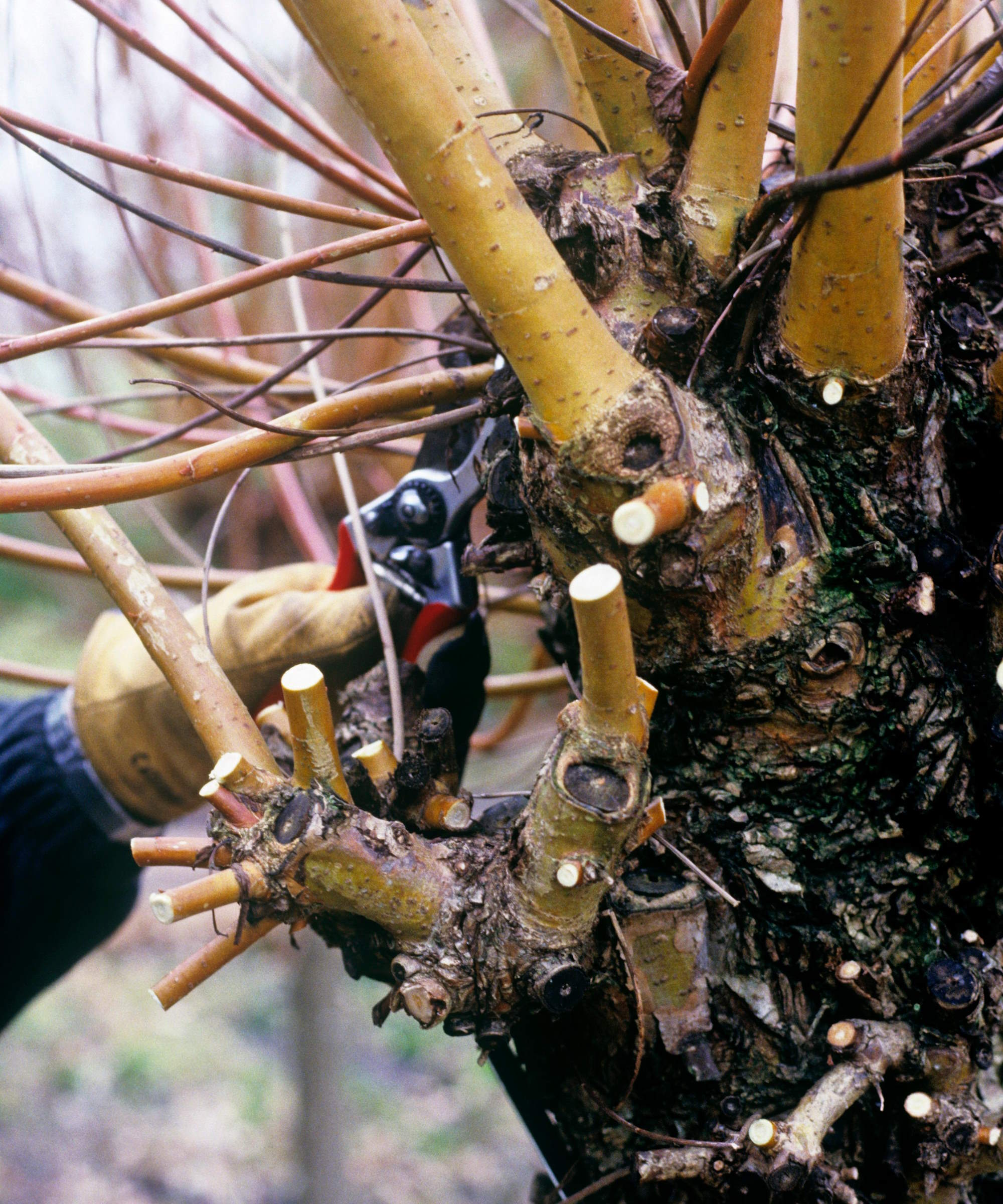
Pollarding should be started once a young tree or shrub has grown to the height that you desire it to. It is always recommended to start with young plants, rather than pollarding an existing mature tree.
Once the tree has reached the desired height, select three-to-five branches and remove all the others. Then cut these selected branches down to a specific height you desire. This pruning will then stimulate a growth of new shoots.
The shoots that come from this point are then cut back every year or two back to the stump. It is advised to stick to using hand tools when pruning these tree branches going forward, such as a pair of pruning shears or loppers - even a pruning saw will likely not be required as the branches should not be large enough to need it.
Blake Watkins advises that such tools would be best as the growth is only a year or two old and the cuts ‘can be sealed over the course of the season and prevent decay’. Make sure that all tools are clean and sharp to avoid damaging the tree or spreading disease.
‘If you need to use a chainsaw, you could be causing undue stress to your tree, and you may be opening up wounds where rot and decay can enter your tree,’ he warns. ’If your shoots have grown too large for loppers to be used, contact an arborist to make a plan for restoring the structure of your tree.
A pair of bypass pruning shears with a Japanese grade, high-carbon steel, blade to cut branches up to 1” thick
A pair of pruning shears with a hardened steel blade to last for many years and a sap groove to prevent the blade sticking
Bypass pruning shears made of Japanese stainless steel that can easily trim branches with a diameter of 1 inch
FAQs
What is the difference between coppicing and pollarding?
The techniques of coppicing and pollarding can be confused for each other. Coppicing is different to pollarding as the trees or shrubs are cut completely down to ground level so that new shoots grow from the stump.
Pollarding sees the cuts made higher up, at a chosen desirable height, rather than all the way down at ground level. Another notable difference is that coppicing should be done every two or three years, rather than every year as is ideal with pollarding.
What are the disadvantages of pollarding?
Lots of people will wonder, is pollarding bad for trees? Many people dislike the technique as the tree can look unattractive after being pruned, however it is a beneficial way to maintain trees when done properly. There are increased risks with trees that produce weaker wood. Such trees, including willow, can be susceptible to breaking when they grow many shoots at once. However, ensuring to prune every year or two can mitigate this risk.
Pollarding may seem a bit brutal to many people. If you have a smaller space, or you want to plant a tree but the room available is a bit restricted, then you may feel more confident choosing a tree best suited for small gardens rather than adopting a pollarding approach.







